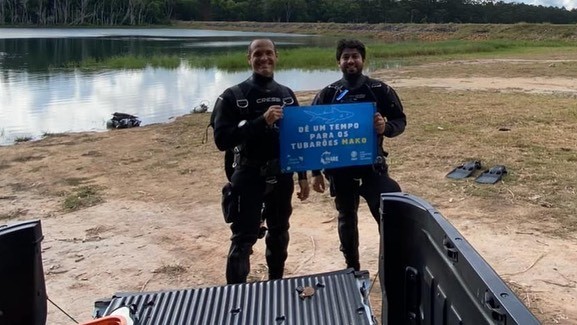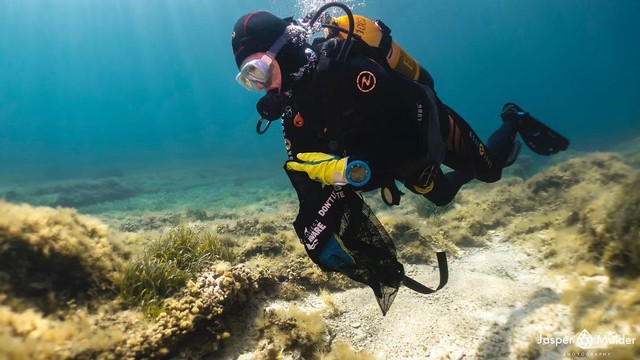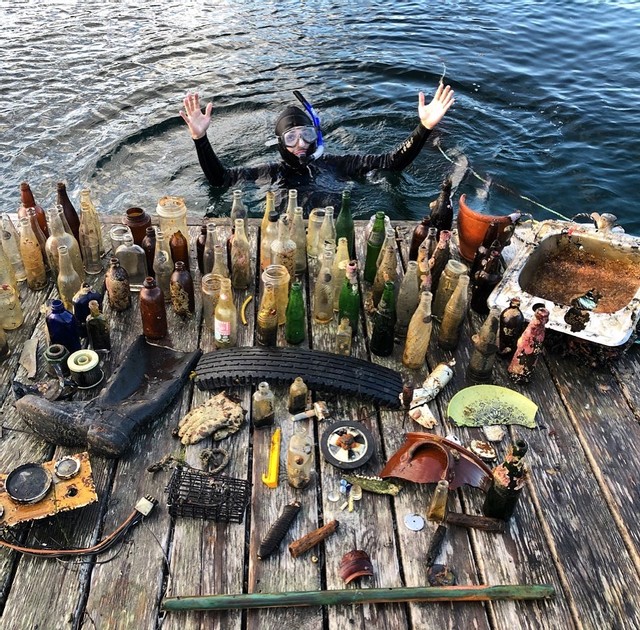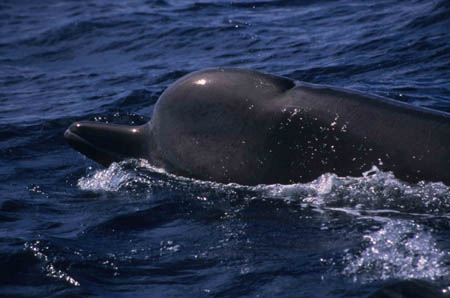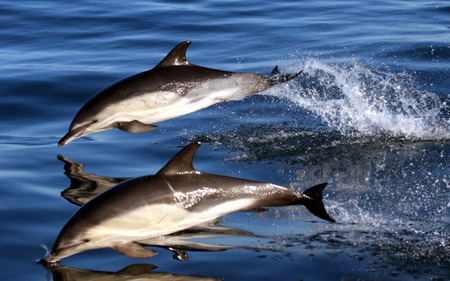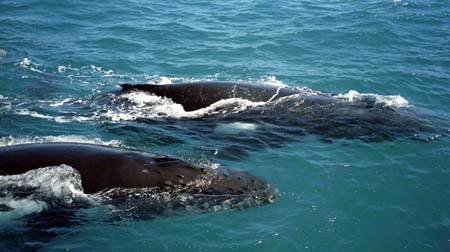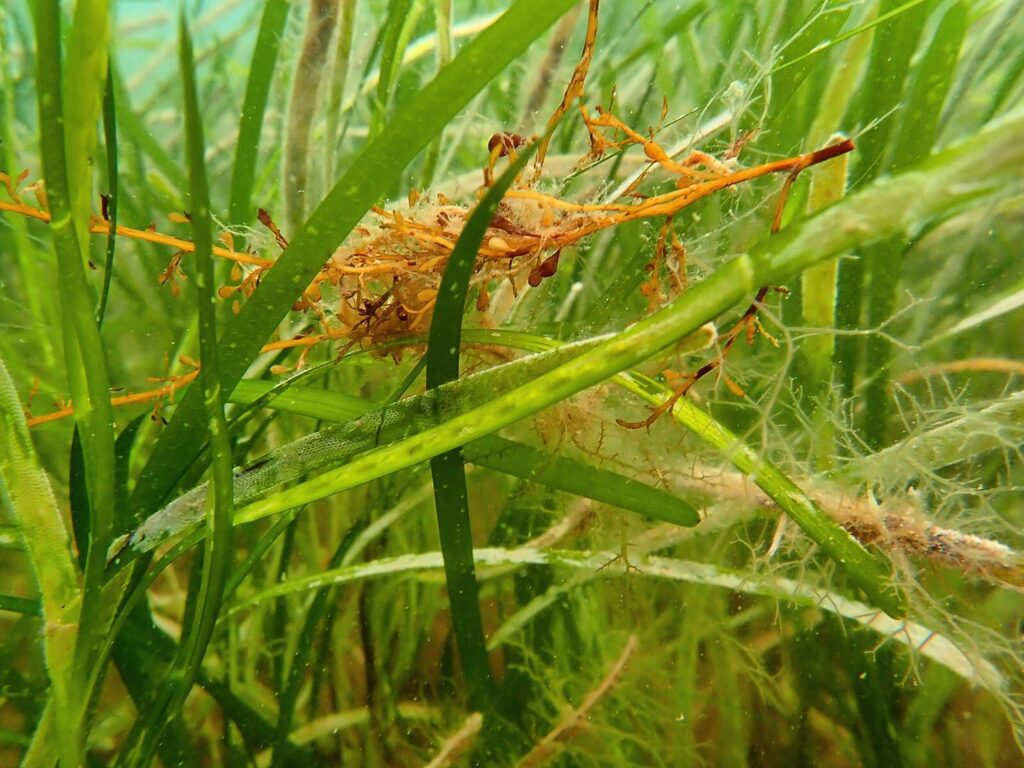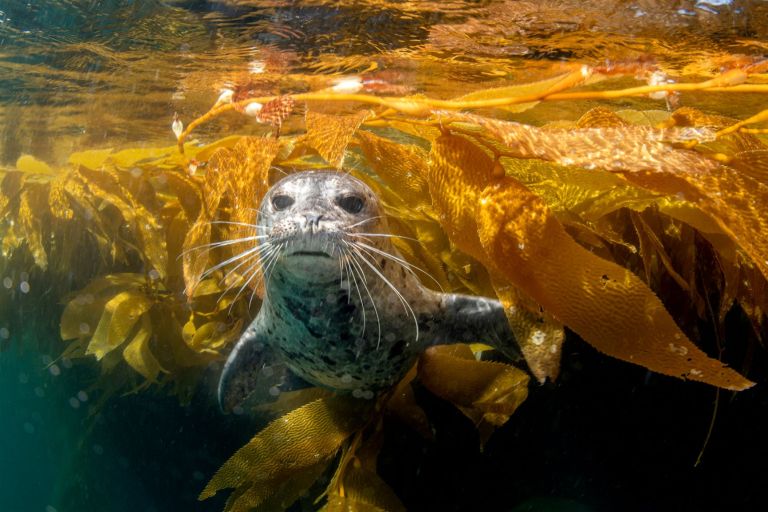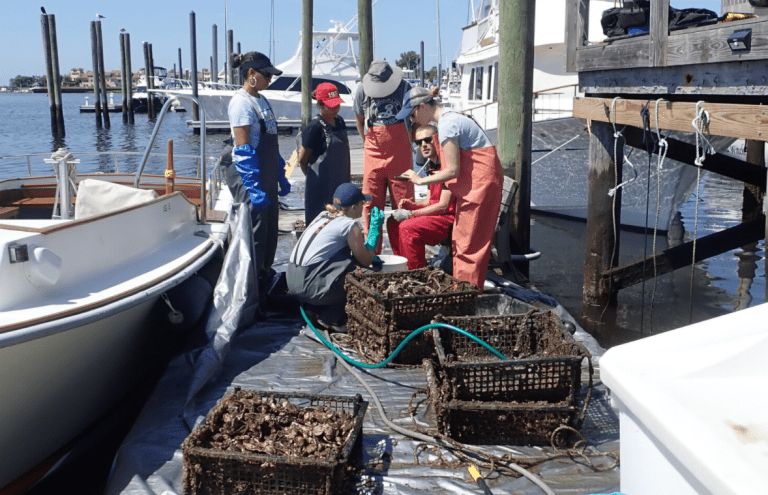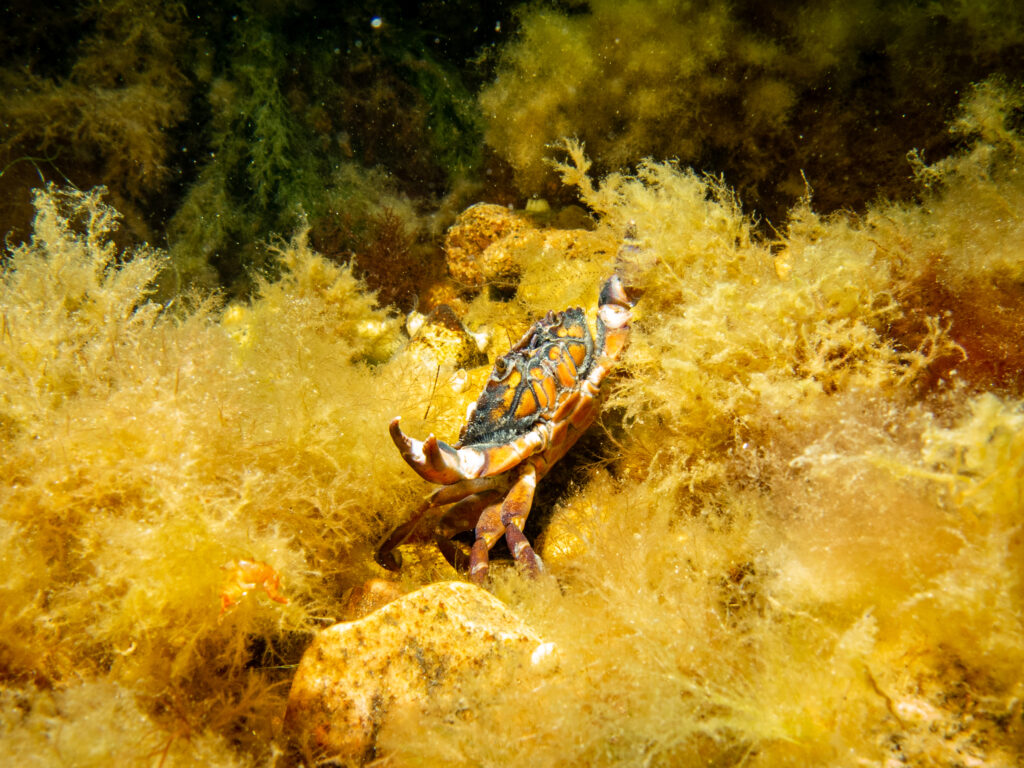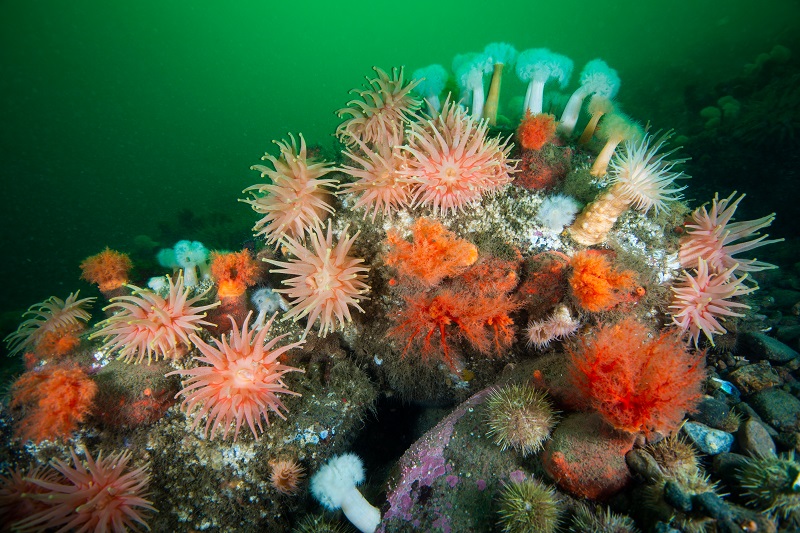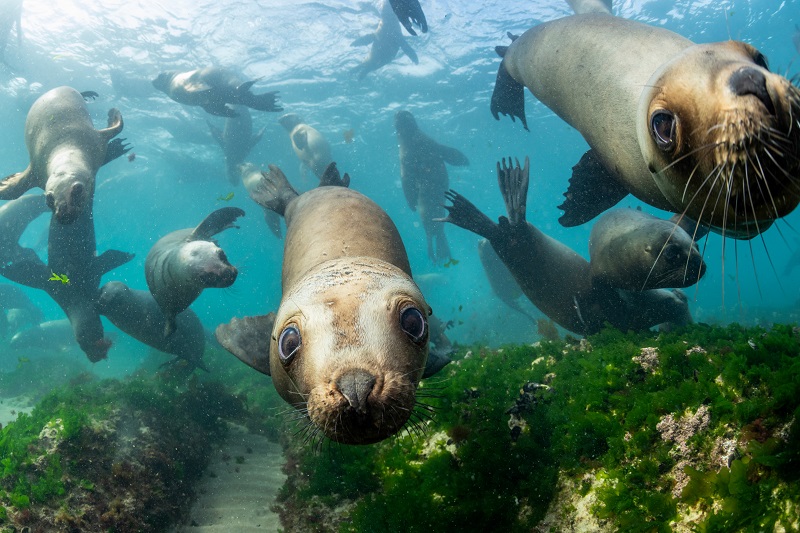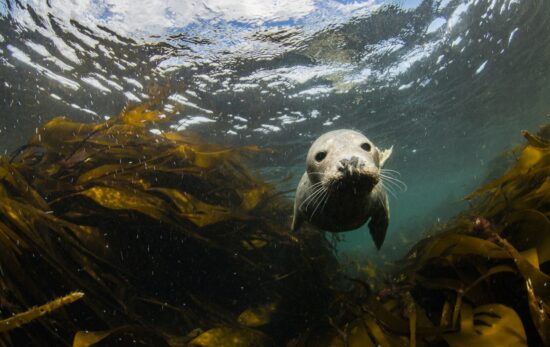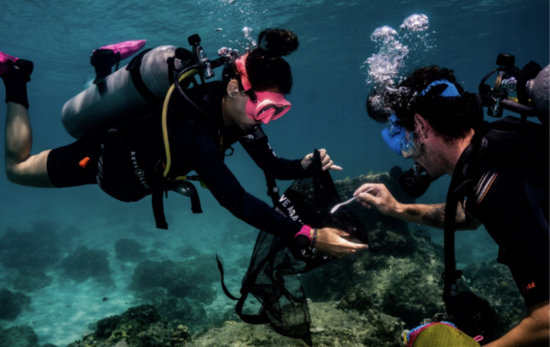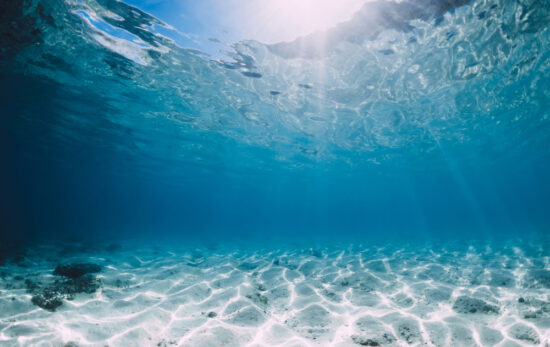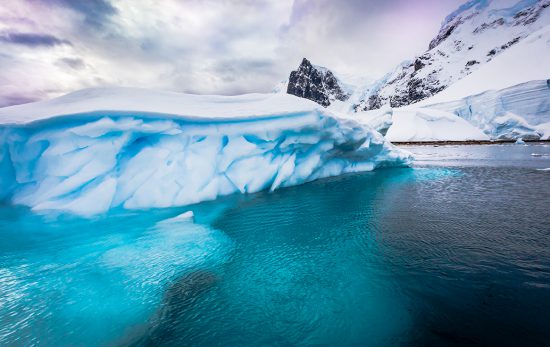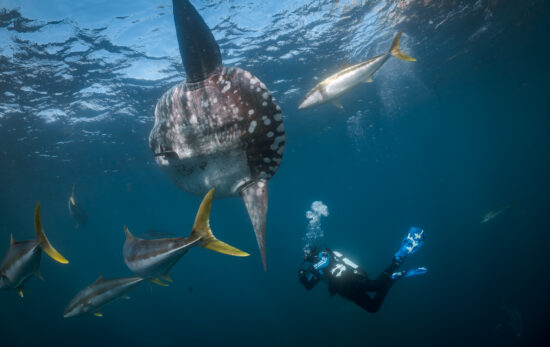With dry suit or cold water diving experience, your diving adventures aren’t limited by temperature. When it comes to conservation, threats to the ocean aren’t confined to warm water climates either. As a cold water diver, you can use your unique skill set to take action for the ocean where other divers can’t.
Here’s four ways that you can take action for the ocean in colder climates:
Collect and Survey Marine Debris
As a cold water diver, you aren’t confined to warmer climates. Unfortunately, marine debris isn’t either. Don your cold water diving equipment and collect the marine debris that you find on your dives. Post-dive, survey what you have found and submit your data to the Dive Against Debris database. So far, we’ve removed over 1,893,022 pieces of debris from the ocean!
LEARN MORE
Record Marine Life Sightings
Marine biologists and conservation organizations globally need to develop robust understandings of the state of important and vulnerable marine species before they can establish conservation measures. Time and resource limitations mean that small groups of scientists with small pots of funding can’t always work as fast as they’d like. That’s where you come in.
As a citizen scientist, you can capture images and data of marine species and contribute to global databases. While many of these databases focus on warm waters, some call for data on species commonly found in colder waters, such as whales and dolphins. In well-studied populations, such as the humpback whale feeding grounds in Alaska and the Gulf of Maine, or the bottlenose dolphins of Sarasota Bay, some individual whales and dolphins have been monitored for over 40 years.
Here’s a handful of cold water databases that want to hear about your sightings;
North Atlantic Right Whale Consortium
Sea Watch Foundation
Irish Whale and Dolphin Group
Gotham Whale
Marine & Freshwater Institute
Restore Blue Carbon Habitats
“Blue Carbon” refers to the carbon from the atmosphere that is sequestered through coastal vegetation and stored for very long periods of time in the sediments below. It’s the term used for all manner of vital ecosystems found in light-filled cold waters around the globe, including seagrass, oysters and kelp. As a cold water diver, you can support the conservation and fins on restoration of these habitats in a way that warm water divers can’t.
Learn more about cold water blue carbon restoration by reading the stories of three Torchbearers below;
Gabriel’s Billion Oyster Project in NYC
Mayen’s seagrass restoration with Project Seagrass in Wales, UK
James’ Giant Kelp Restoration Project in Monterey Bay, USA
Support Marine Protected Areas
Coral reef ecosystems get a lot of attention, and rightly so. With this attention comes a wider understanding among the non-diving community of the beauty and importance of these ecosystems and the need to protect them. Cold water climates on the other hand, don’t receive the same amount of attention, but offer a treasure-trove of hidden beauty. By diving in cold water climates, taking photos of the marine life down there and sharing it online and with your family and friends, you are raising awareness of the need to protect these ecosystems too.
Whether you’re diving in well-known marine parks like the famed Galapagos Islands, or exploring lesser-known diving opportunities in the United State’s National Parks, your time spent exploring cold waters is contributing to thier conservation and the creation of future marine protected areas.
Top 7 Cold Water Diving Destinations
Stay connected with ocean-saving opportunities being hosted by PADI Dive Centers, Resorts & Professionals at padi.com/savetheocean.

